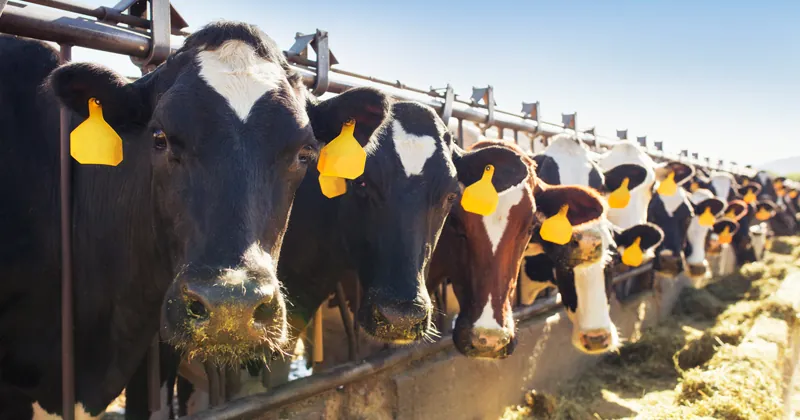
The Risks of Raw Milk Consumption Amid the Bird Flu Outbreak
2025-01-12
Author: Siti
The Current Landscape of Raw Milk Sales in the U.S.
In a recent development, over half of U.S. states now permit the sale of raw milk, including Delaware, which recently passed legislation to allow the distribution of unprocessed milk from licensed dairy farms. Advocates for raw milk often tout its superior taste and potential health benefits, echoing sentiments from figures like President-elect Donald Trump’s nominee for the Department of Health and Human Services, Robert F. Kennedy Jr., who aims to broaden access to this controversial product.
FDA's Stance on Raw Milk
Contrary to the enthusiasm surrounding raw milk, the U.S. Food and Drug Administration (FDA) remains staunchly opposed, highlighting significant health risks. Since the 1980s, the FDA has prohibited the interstate sale of raw milk due to its potential for carrying harmful pathogens.
Understanding Raw Milk and Pasteurization
Raw milk is milk that comes directly from cows, goats, or sheep without pasteurization — a heat process that eliminates pathogens. "Pasteurization heats milk to 161 degrees Fahrenheit for 15 seconds before quickly cooling it," explains Kali Kniel, a microbial food safety professor at the University of Delaware. This crucial process is designed to kill harmful bacteria that can cause severe illness.
Nutritional Value Debate
While proponents of raw milk argue for its nutritional superiority, Kniel points out that scientific evidence shows pasteurization does not significantly impact its nutritional value. Raw milk may contain slightly higher levels of vitamin C; however, its contribution to overall health is minimal. Moreover, raw milk does not contain beneficial bacteria, making yogurt a preferable choice for probiotic needs.
Health Risks of Raw Milk Consumption
The excitement over raw milk is clouded by alarming health risks. Consumption can lead to illness from bacteria such as Campylobacter, Salmonella, E. coli, and Listeria — all of which can be transmitted from animals to humans, often without visible signs of contamination on the animal. The overall health risks escalate, particularly with the current rise in bird flu cases within dairy herds, where over 900 instances of the virus have emerged across 16 states, resulting in infections in at least 40 people.
CDC Reports on Illnesses Related to Raw Milk
The Centers for Disease Control and Prevention (CDC) has reported a troubling link between raw milk consumption and illness outbreaks. From 2013 to 2018, 75 outbreaks attributable to raw milk resulted in 675 reported illnesses and 98 hospitalizations. Utah, for instance, saw 25 outbreaks linked to Campylobacter due to raw milk consumption, highlighting the significant health implications tied to unpasteurized products.
Vulnerable Populations and Health Alerts
Still, the appeal of raw milk persists for some consumers who perceive it as a more natural option. Yet, Kniel warns of the potential dangers, especially for vulnerable populations such as young children, expectant mothers, and the elderly, all of whom are at higher risk of severe illness from pathogenic exposure.
USDA's Initiative on Bird Flu Testing
In response to the rising concerns, the USDA is now mandating 13 states to test raw milk samples for bird flu viruses. This nationwide initiative aims to better understand the presence of avian flu in dairy herds and prevent potential cross-species transmission of infection.


 Brasil (PT)
Brasil (PT)
 Canada (EN)
Canada (EN)
 Chile (ES)
Chile (ES)
 Česko (CS)
Česko (CS)
 대한민국 (KO)
대한민국 (KO)
 España (ES)
España (ES)
 France (FR)
France (FR)
 Hong Kong (EN)
Hong Kong (EN)
 Italia (IT)
Italia (IT)
 日本 (JA)
日本 (JA)
 Magyarország (HU)
Magyarország (HU)
 Norge (NO)
Norge (NO)
 Polska (PL)
Polska (PL)
 Schweiz (DE)
Schweiz (DE)
 Singapore (EN)
Singapore (EN)
 Sverige (SV)
Sverige (SV)
 Suomi (FI)
Suomi (FI)
 Türkiye (TR)
Türkiye (TR)
 الإمارات العربية المتحدة (AR)
الإمارات العربية المتحدة (AR)